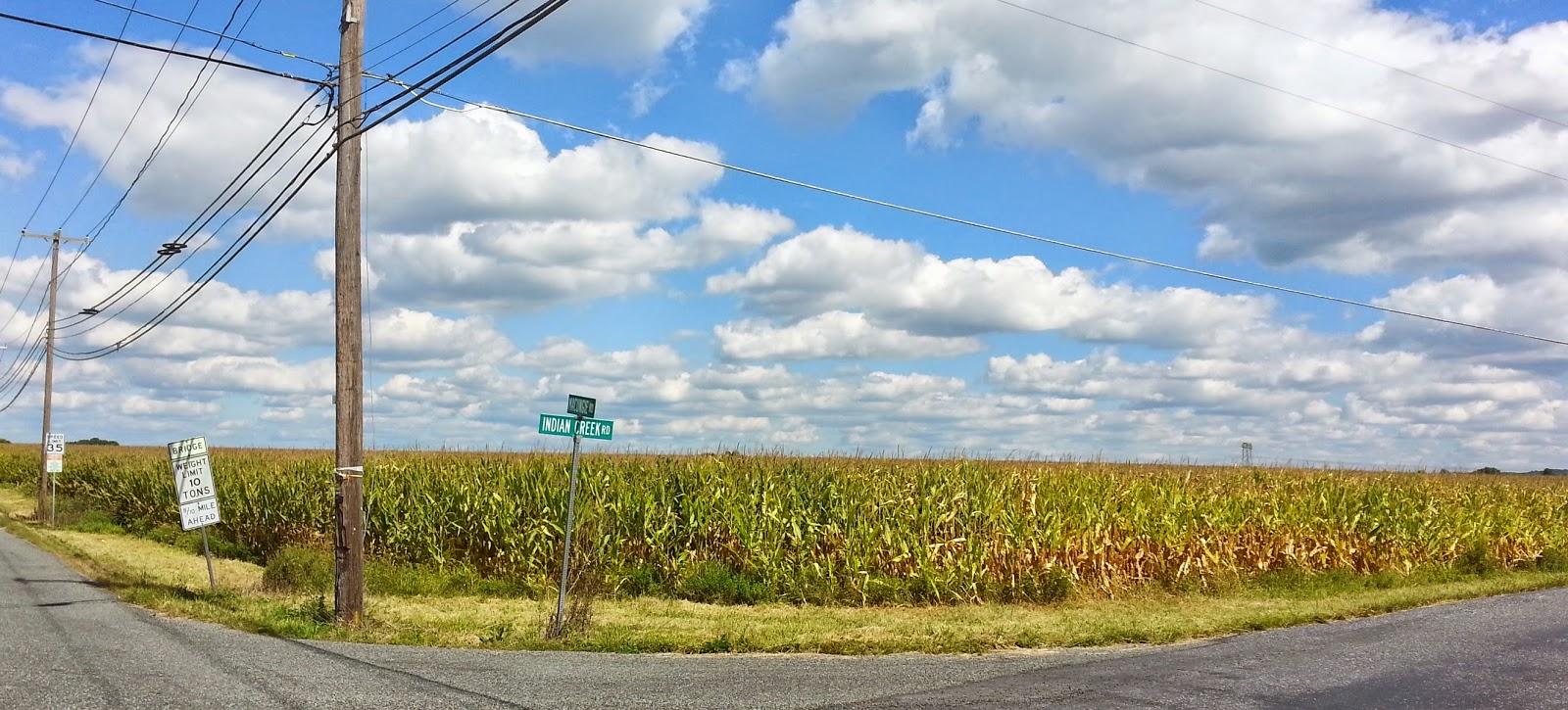Back Story
I've blogged previously about a seemingly shady land deal that happened in 2010 here in Lower Macungie Township, so if you've already read about this back story please feel free to skip to the next section. Lower Macungie is 22.6 square miles and is home to nearly 31,000 people. Over the past 20 years, we've experienced a lot of farmland being lost to developments - mostly residential, but some commercial and light industrial too. In 2010, the township's Board of Commissioners entered into a closed-door re-zoning agreement with the owner of the largest contiguous tract of agricultural land in our township, about 700 acres, nearly all of which was zoned for agricultural preservation. That land is now zoned as light industrial, highway commercial, and residential.
What did the township get out of that deal? The guarantee that the land owner, one of the largest land owners and speculators in the two-county Lehigh Valley, would withdraw his proposal to build a quarry on that land. But that quarry proposal was just a bluff. If he had built a quarry, which was allowed under the agricultural zoning, it could only have been a fraction of the size he originally proposed, because: (1) there is a major petroleum pipeline easement running directly through the tract; and (2) I doubt that he could not have gotten approval from the PA Department of Environmental Protection (PADEP) to dewater the quarry to a workable depth without completely dewatering the adjacent Little Lehigh Creek, designated by PADEP as a High Quality Cold Water Fishery. But the board of five commissioners at that time included three Realtors. The Realtors would be getting more inventory into the local real estate market if the land was developed, so it certainly worked out for them. Let's not even start talking about how the local farm roads cannot currently handle the truck traffic from the nearby warehouses that have already been built in the area.
A Warehouse Grows on a Farm Field
 |
Part of 700 acres of land in Lower Macungie Township that used to
be zoned for agricultural preservation but is about to be developed
into several large warehouses. (photo credit: www.mcall.com)
|
 |
Plans for new warehouses on land formerly zoned for agricultural preservation
in Lower Macungie Township. (photo credit: WFMZ.com)
|
Unfortunately, $600,000 will be a drop in the bucket to purchase enough development rights to make a difference, but it is critical that we begin with the real estate tax revenue from this poster child for poor land use decisions and use it as seed money for a deliberate and defined effort to slow down the pace of greenfield development within our community. If we can start with earmarking this real estate transfer tax, we can then have a more serious discussion about a referendum to ask voters to authorize an earned income tax to more fully fund farmland preservation in our community. Save it or pave it.




